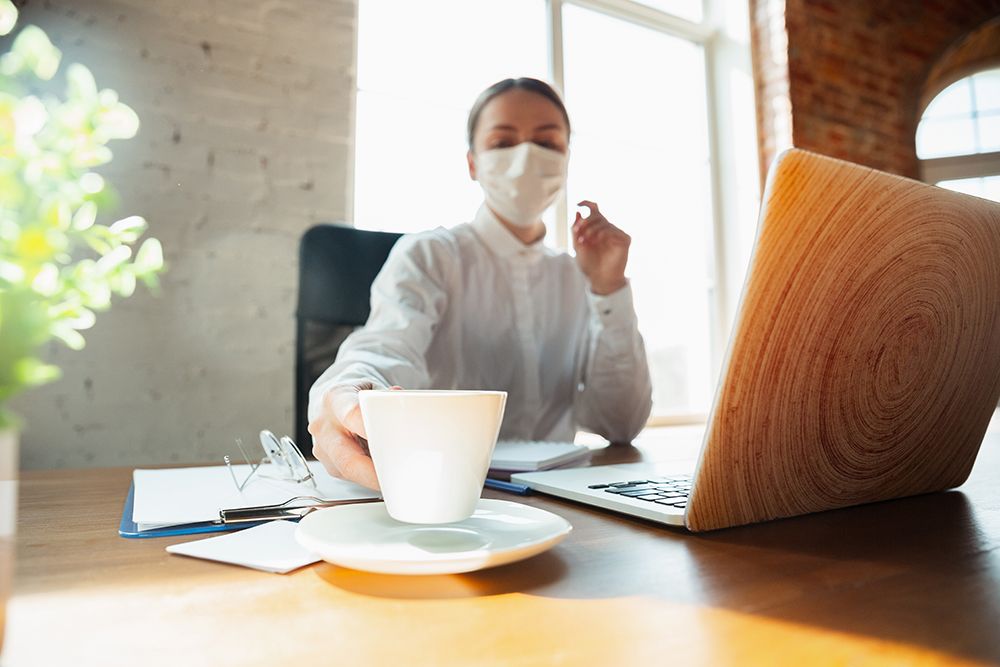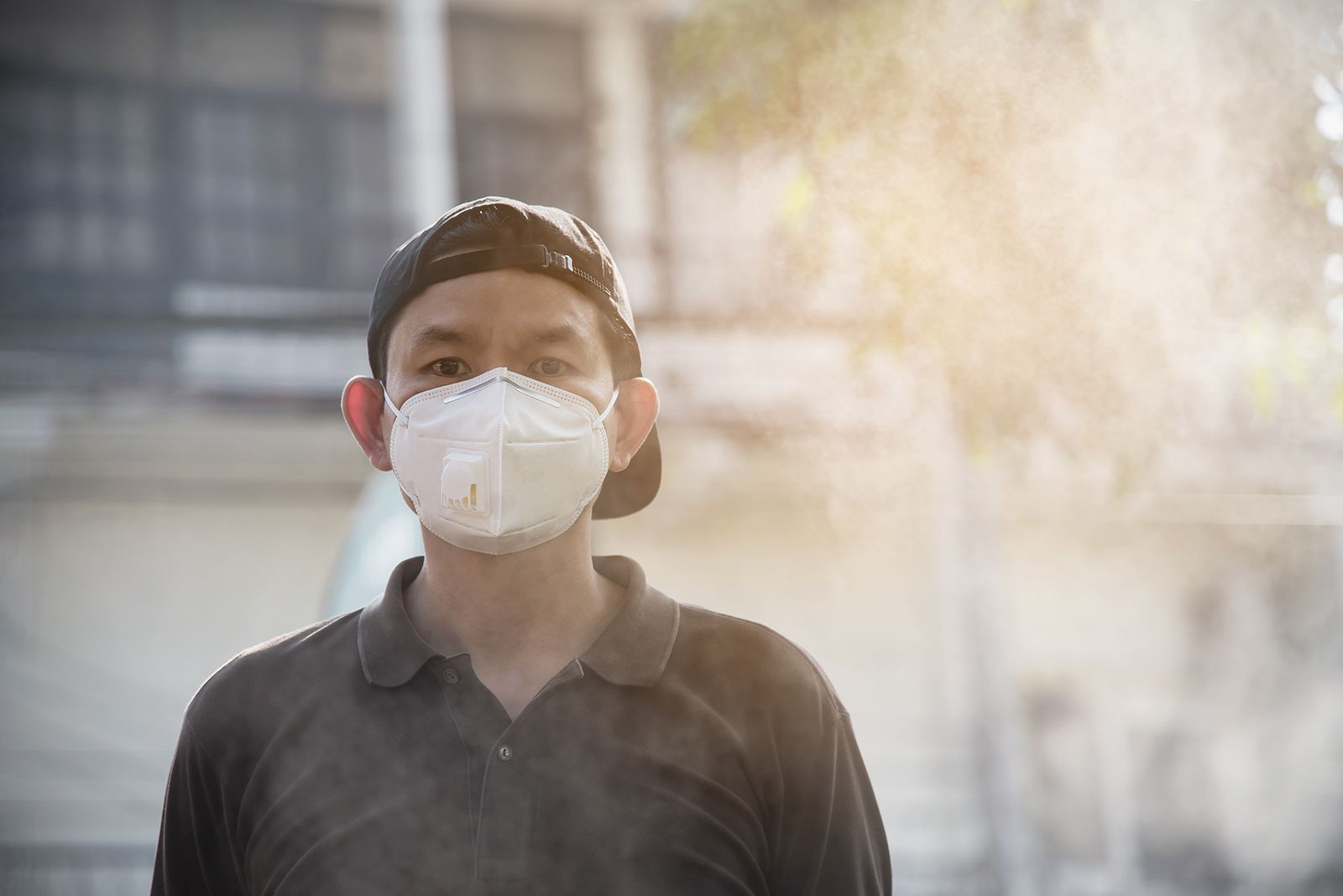The future of the workplace is now being shaped by the pandemic and its implications on health, socialization, and the ideal office set up for its occupiers’ security and safety. Many are proposing that a biophilic may be the most ideal workplace design in a post-pandemic era. A biophilic office became on-trend to ‘bring the outside in’. Biophilic offices aim to increase the connection between people and nature by incorporating natural elements through texture, scenery, and lighting into the actual workspace.
In the previous years, the shift towards promoting a greener space in the office has been greatly campaigned for. Studies find that incorporating biophilic design has a positive effect on the employees’ productivity, mood, and health. In fact, workplace strategists have reported that office spaces which introduce elements of nature have witnessed a decrease in the levels of mental fatigue among staff members and an increase in levels of workplace wellbeing.
RELATED: Building a ‘Biophilic’ Office: What is Biophilia and How can it Benefit your Business
Businesses prioritize the health and safety of their workforce as employees start coming back to the office amid the threats of the COVID-19 pandemic. More than strict precautionary measures protecting the physical health, employers should also cater to the emotional and mental well-being of their people.
Open Plan to Open Air
While many companies have resorted to shifting to a remote working scheme, others have slowly commenced their business re-entry strategies as lockdown restrictions ease. Moreover, employees believe that working from their homes is not really a viable long-term solution transitioning into the new normal. As the world adapts to the new ways dictated by the COVID-19 pandemic, the office evolves to attend to additional safety needs and requirements.
Frontrunners of a biophilic office argue that this office design will not only ensure the protection and safety of its occupiers, but it will also improve it as it addresses the overall wellness of people—from their physical to their psychosocial needs in the workplace. This should be given emphasis as ‘the boundaries between work and personal life are becoming more and more blurred’ given the different circumstances brought by the health crisis.
One of the simplest requirements for building a biophilic office is the introduction of plants and greenspaces within the work area. By introducing plants, either in pots or in the form of living green walls into the office environment, indoor air quality is improved as the vegetation can help in absorbing pollutants, toxins, and disease-carrying viruses. This can complement a building’s air filtration system that optimizes disease prevention.

Indoor air quality (IAQ) refers to the air quality within and around buildings and structures, related to the health and comfort of its occupants. Research has found that IAQ is two to five times worse than outdoor air quality. In fact, according to research by the US Joint Commission, 40 percent of all sickness absence is down to indoor air pollution or poor air quality.
One study has concluded that air filtration in the office as a response to the pandemic is very crucial in reducing transmission and cross infection within working environments.
READ MORE: JEG Tower Focus: MERV and Fresh Air System for Optimal Indoor Air Quality
Another study has confirmed that plants can remove harmful volatile organic compounds such as formaldehyde and benzene, which can be commonly found in paint, carpeting, and furniture of most buildings. Plants can also bring vapor back into the air and prevent dry air that irritates sensitive membranes in the nose and throat, making employees more susceptible to viruses and allergens.
Biophilic offices can also greatly impact the mental health and cognitive function of employees, especially as they face more stress and anxiety in the time of a pandemic. According to research, while physically being inside a confined space, biophilic features such as green space and access to natural lighting can help reduce stress, anger, and anxiety. It can also lead to improved self-esteem and a better image of self in the long run.
Gensler reported that being exposed to nature through a biophilic office can help foster a more positive outlook within the workspace. Exposing employees to natural light, refreshing views, and fresh indoor air can create a more harmonious and positive outlook in the office.
Moreover, employees who are exposed to natural daylight are more productive and inspired to complete tasks at hand. Scientifically, sunlight boosts the creation of the body’s melatonin that regulates the sleep-wake cycle of people, creating a positive impact on their energy levels.
Interior design consultant Lloyd Coldrick noted that workplace design has the power to change the state of mind. He said, “We are all highly sensitive to the behavioral cues embedded in our environments and unthinkingly adjust our mannerisms, mood, and body language as we adapt to our surroundings.”
Investing in an office apt for the new normal? Reach out to Michael Glindro and know more about JEG Tower @ One Acacia. Call him at (+63) 917-584-0443 or send an email to mike.g@kmcmaggroup.com. For inquiries, call us at (+63) 2-8403-5519 or email jegtower@kmcmagroup.com.







